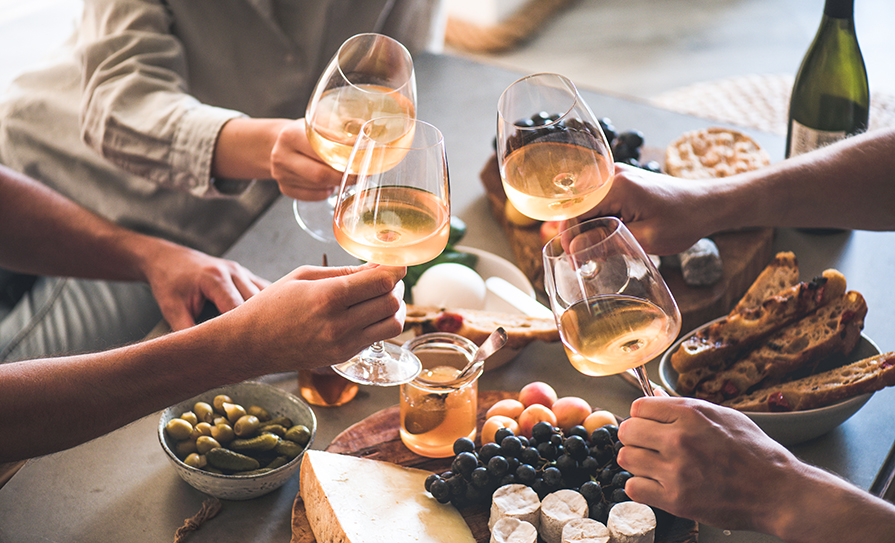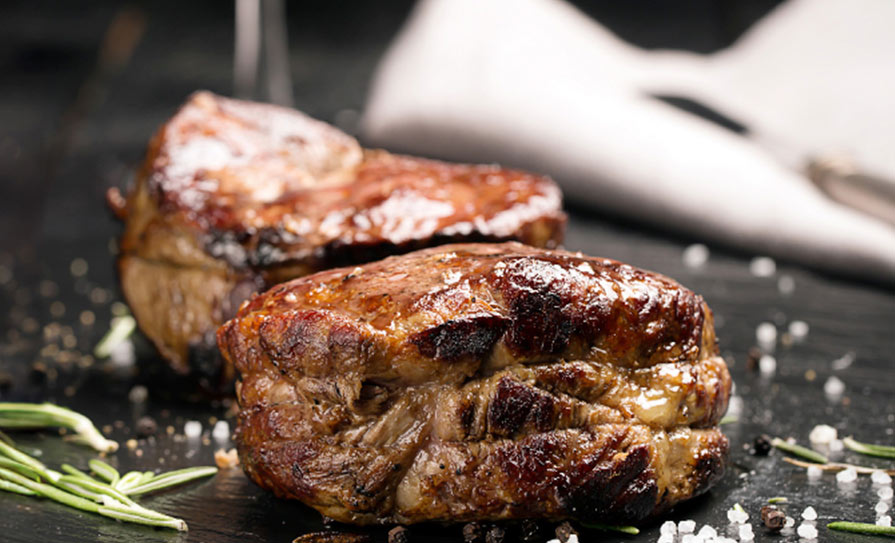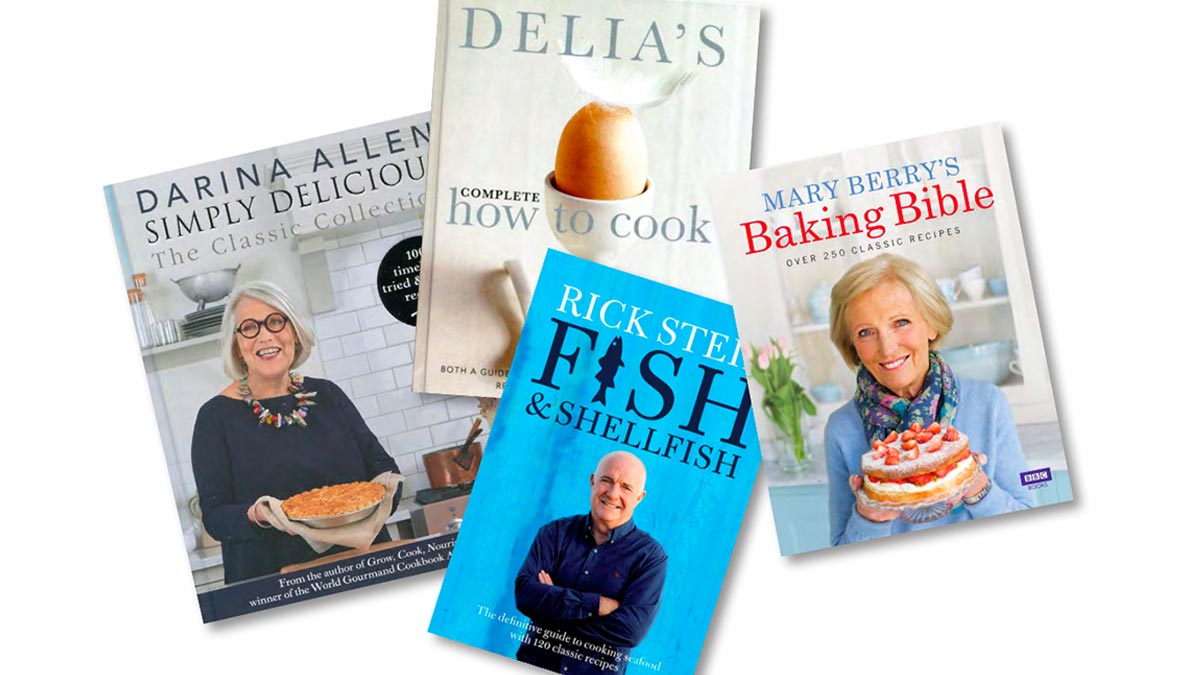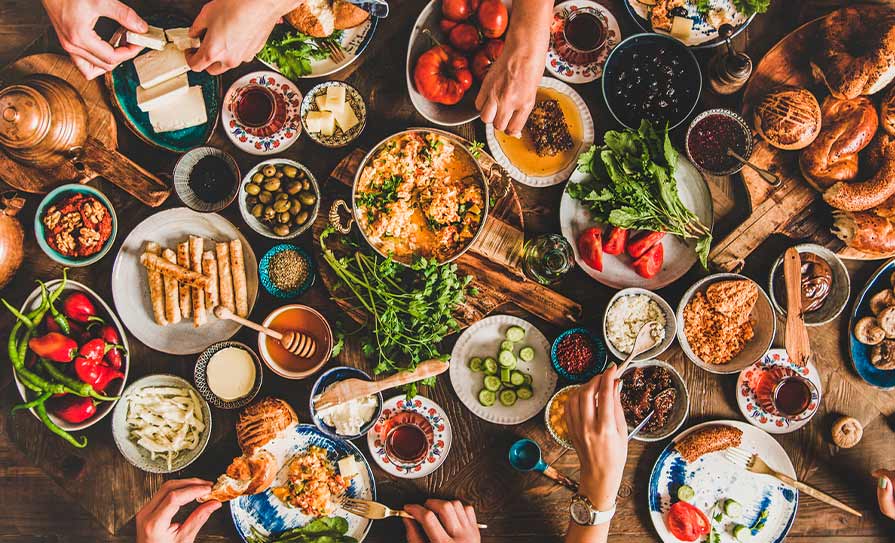Having adopted a policy of drinking less wine, but better quality, quite a while ago, more recently I’ve been avoiding alcohol during the week and finding it surprisingly easy. There are some foods that I tend to avoid – steak and pasta, for example – but not many. I sleep better and can read for a lot longer at bedtime. Overall, there’s a pleasant sense of wellbeing and even virtue!
Now I read that researchers at Massachusetts General Hospital have found evidence that low levels of daily alcohol consumption may protect against cardiovascular events. It has long been established that small amounts of alcohol help to suppress the amygdala’s reaction to threats, but this paper suggests that “one or two” alcoholic drinks every day may have long-term benefits.
“When the amygdala is too alert and vigilant, the sympathetic nervous system is heightened, which drives up blood pressure and increases heart rate,” according to Cardiologist Dr Ahmed Tawakol, the lead researcher. “If the stress is chronic, the result is hypertension, increased inflammation, and a substantial risk of obesity, diabetes, and cardiovascular disease.”
The problem with research into what people swallow is that we have to take their word for it, there being some 50,000 participants in this instance. It’s well-known that we’re inclined to tell researchers what they want to hear, and we all know that the words “one or two glasses of wine” doesn’t contain any indication of what size of drinking vessel is involved. Often, “one or two” could easily mean, in reality, three or four. Of course, there’s a thin line between this supposedly beneficial effect and less desirable ones in terms of how much alcohol is appropriate, and there is no agreement on the amount.
Our nationally dysfunctional relationship with alcohol is complex, no doubt, but our tradition of keeping it quite separate from food must be a big factor. The Spanish, like the French, consume plenty of wine (but less than they used to), but most bars offer tapas or pintxos, often free of charge, to drinkers. Irish people who enjoy “a rake” of pints, would be lucky to be offered a few crisps or dry roasted peanuts.
Under my new wine regime, the question of what to drink with the evening meal had to be addressed. We have excellent tap water, thanks to having our own very deep well, and there’s always a bottle of sparkling mineral water in the fridge. A large glass of this, sharpened up with the juice of half a lime, is my usual beverage. I have been known to have an occasional sugar-free water kefir (I’m a fan of the Dublin-made King of Kefir) and very rarely a can of alcohol-free beer, such as Run Wild and Punk AF IPAs and Aldi’s Roadworks Early Start. But, to be honest, I’m happy to stick with my lime-scented fizzy water.
Lunching at Derry and Sallyanne Clarke’s The Club at Goffs, the sommelier brought me a glass of Natureo Muscat by Torres and it was actually excellent with a dish of scallops. The problem with such alcohol-free wines, apart from the fact that most don’t taste even remotely like wine, is the sweetness that’s added in order to fill the gap left by the alcohol. However, in this instance it was ideal with the scallops, a little like an off-dry Alsace wine.
One of the better non-alcoholic wine ranges is called Null, but I find the whites are better than the reds. The Riesling is quite varietal and fairly dry; it makes a reasonable glass of ‘wine’ with some simply cooked seafood but, ironically, whenever I’ve tried it, I have not been tempted to have a second glass. I don’t have the same issue, as a rule, with the real stuff.
I’m always amazed when people say that they think bottled water is a waste of money and that they are perfectly happy drinking what comes out of the domestic tap. I suppose it depends on your tolerance of chlorine and maybe some people actually like the tang of swimming pool. Perhaps they find bottled water too bland.
Of course, there’s a thin line between this supposedly beneficial effect and less desirable ones in terms of how much alcohol is appropriate, and there is no agreement on the amount
In south County Dublin, where we have our bolthole in the capital, I find the tap water revolting. It even manages to have, in addition to the chlorine, a touch of mustiness, the kind of taint you get in a ‘corked’ bottle of wine. ‘Corked’ doesn’t mean that there’s a rogue piece of cork floating in your glass; the solution to this is to stick your finger in and pull out the offending fragment.
A corked wine is contaminated with TCA or TBA. The full names are 2,4,6-trichloroanisole and 2,4,6-tribromoanisole, substances that are detectable in very few parts per million. They can occur when chlorine compounds come into contact with mould and steam and this can happen when corks are being processed. The problem was widespread 20 years ago when one bottle in 12 was corked. These days the figure is about 2 per cent.
The same conditions can apply in water works and, in fact, the reason why so much Chinese garlic tastes musty is, once again, because the snow-white outer skins are bleached. I avoid the stuff and buy French or Spanish when I’m between garlic crops at home.
I also bring water from home when I’m in our Dublin home. Otherwise I would be denied proper tea!
DRINK OF THE MONTH
When the weather is warm and dry this summer, it will be time for pink wine, something that seems to poke fun at us on a cold, damp November evening. My summer rosé of choice at the moment is the Côteaux Varois en Provence from Aldi for €9.99. As far as I’m concerned, you’re welcome to your overpriced Whispering Angel and the like. This crisp, fresh, gloriously dry pink wine is just made for sunny evenings.







